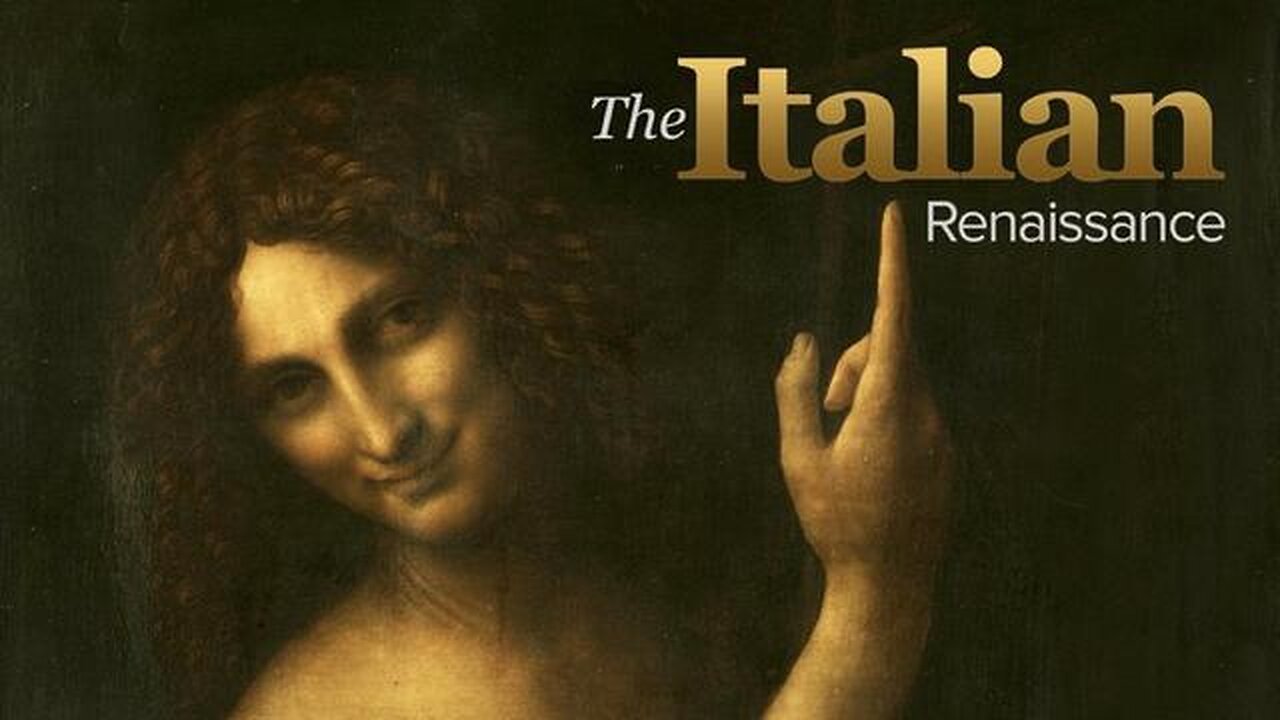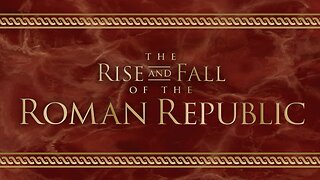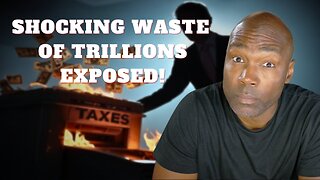Premium Only Content

The Italian Renaissance | Savonarola and the Republic (Lecture 27)
Lecture 27: The regime established by Savonarola was a puritanical theocracy. Although the institutions of the republic continued, Savonarola had become the guiding force in the city and directed a potent faction that supported his policies. Simple pleasures, such as cards and carnival, were banned; bands of boys collected “vanities,” parading them through the streets and setting bonfires in the Piazza della Signoria. A broadly based republican constitution was written by Savonarola and instituted by his followers.
The monk began to preach against the Borgia pope, Alexander VI, resulting in his excommunication. Believing the French to be God’s scourge for a decadent Church and a “pagan” Italy, Savonarola also refused to abandon the French alliance, despite the hostility of Italians to the foreign invaders. Diplomatic and natural disasters, however, began to alienate moderate Florentines, who in 1498, arrested Savonarola and tried and burned him as a heretic, yet his faction and his constitution for Florence survived him.
Secondary Sources:
Gene A. Brucker, Renaissance Florence.
Supplementary Reading:
Lorenzo Polizzotto, The Elect Nation: The Savonarolan Movement in Florence, 1494–1545.
Donald Weinstein, Savonarola and Florence: Prophesy and Patriotism in the Renaissance.
Lecture 28: https://rumble.com/v4yl6pq-the-italian-renaissance-the-medici-restored-lecture-28.html
-
 33:35
33:35
The Great Courses
13 days agoThe Rise And Fall Of The Roman Republic | Julius Caesar and the Collapse of the Roman Republic (Lecture 11)
226 -
 3:40:50
3:40:50
FreshandFit
7 hours agoGirls Get Exposed As THOTS After Demanding Millionaires?!
82.9K84 -
 5:30:06
5:30:06
SpartakusLIVE
11 hours ago#1 King of Content kicks off YOUR week with Monday MOTIVATION
96.6K5 -
 5:56:52
5:56:52
Akademiks
9 hours agoKendrick Lamar Sweeps Grammys. Drake announces new album on Feb 14. Rocky Trial Might get Dismissed?
81.9K5 -
 3:25:02
3:25:02
BrancoFXDC
7 hours ago $2.35 earnedWarzone Rebirth Rounds
33.8K -
 1:44:14
1:44:14
Glenn Greenwald
14 hours agoRubio's Shift: What is Trump's Foreign Policy? Trump/Musk Attack CIA Fronts USAID & NED: With Mike Benz | SYSTEM UPDATE #401
97.2K92 -
 1:05:47
1:05:47
Donald Trump Jr.
15 hours agoMexico Sends Troops to Border, Plus USAid Scam Exposed, Live with Brooke Goldstein & Rep Brian Mast | TRIGGERED Ep.213
244K304 -
 9:26
9:26
Rethinking the Dollar
11 hours agoUnbelievable Government Waste: 5 Outrageous Biden-Era Spending Sprees
93.8K18 -
 2:37:43
2:37:43
Flyover Conservatives
1 day agoDR. KIRK ELLIOTT | Deep Dive: Tariffs, Tech, and Total Economic Warfare – Who Wins and Who Loses? | In Studio - FOC Show
79.9K4 -
 3:12:37
3:12:37
Danny Polishchuk
13 hours agoTariffs and Trade Wars + Nick Rochefort | Low Value Mail #136
59K3